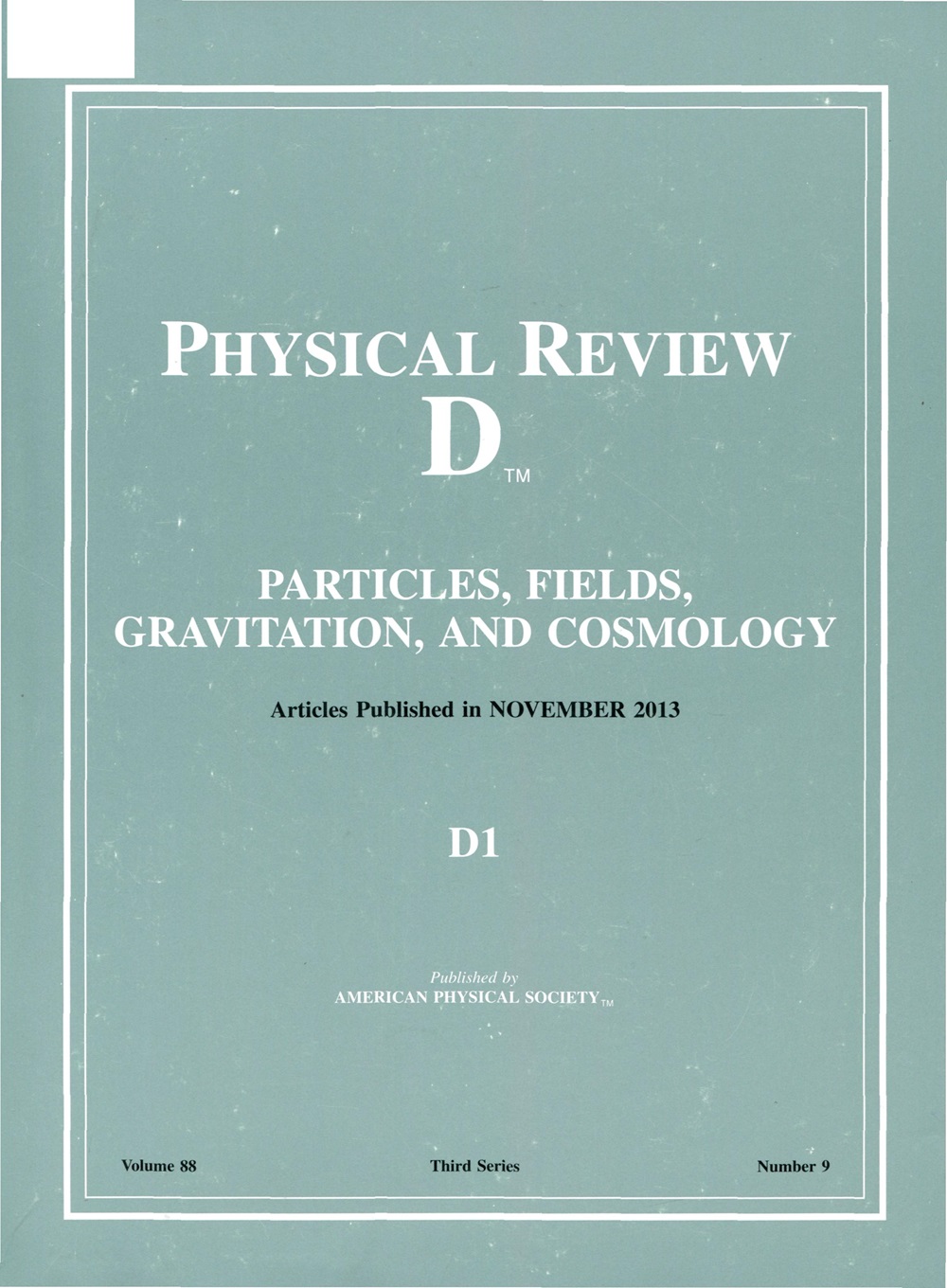Reconstructing parametric gravitational-wave population fits from nonparametric results without refitting the data
IF 5
2区 物理与天体物理
Q1 Physics and Astronomy
引用次数: 0
Abstract
Combining multiple events into population analyses is a cornerstone of gravitational-wave astronomy. A critical component of such studies is the assumed population model, which can range from astrophysically motivated functional forms to nonparametric treatments that are flexible but difficult to interpret. In practice, the current approach is to fit the data multiple times with different population models to identify robust features. We propose an alternative strategy: assuming the data have already been fit with a flexible model, we present a practical recipe to reconstruct the population distribution of a different model. As our procedure postprocesses existing results, it avoids the need to access the underlying gravitational-wave data again and handle selection effects. Additionally, our reconstruction metric provides a goodness-of-fit measure to compare multiple models. We apply this method to the mass distribution of black-hole binaries detected by LIGO/Virgo/KAGRA. Our work paves the way for streamlined gravitational-wave population analyses by first fitting the data with advanced nonparametric methods and careful handling of selection effects, while the astrophysical interpretation is then made accessible using our reconstruction procedure on targeted models. The key principle is that of conceptually separating data description from data interpretation.从非参数结果重建参数引力波总体拟合而无需重新拟合数据
将多个事件结合到总体分析中是引力波天文学的基石。这类研究的一个关键组成部分是假定的人口模型,其范围可以从天体物理驱动的功能形式到灵活但难以解释的非参数处理。在实践中,目前的方法是用不同的种群模型对数据进行多次拟合,以识别鲁棒特征。我们提出了一种替代策略:假设数据已经被一个灵活的模型拟合,我们提出了一个实用的方法来重建不同模型的人口分布。由于我们的程序对现有结果进行后处理,因此避免了再次访问底层引力波数据和处理选择效应的需要。此外,我们的重建度量提供了一个适合度度量来比较多个模型。我们将此方法应用于LIGO/Virgo/KAGRA探测到的黑洞双星的质量分布。我们的工作为简化引力波种群分析铺平了道路,首先用先进的非参数方法拟合数据,并仔细处理选择效应,然后使用我们的目标模型重建程序进行天体物理解释。关键原则是在概念上将数据描述与数据解释分开。2025年由美国物理学会出版
本文章由计算机程序翻译,如有差异,请以英文原文为准。
求助全文
约1分钟内获得全文
求助全文
来源期刊

Physical Review D
物理-天文与天体物理
CiteScore
9.20
自引率
36.00%
发文量
0
审稿时长
2 months
期刊介绍:
Physical Review D (PRD) is a leading journal in elementary particle physics, field theory, gravitation, and cosmology and is one of the top-cited journals in high-energy physics.
PRD covers experimental and theoretical results in all aspects of particle physics, field theory, gravitation and cosmology, including:
Particle physics experiments,
Electroweak interactions,
Strong interactions,
Lattice field theories, lattice QCD,
Beyond the standard model physics,
Phenomenological aspects of field theory, general methods,
Gravity, cosmology, cosmic rays,
Astrophysics and astroparticle physics,
General relativity,
Formal aspects of field theory, field theory in curved space,
String theory, quantum gravity, gauge/gravity duality.
 求助内容:
求助内容: 应助结果提醒方式:
应助结果提醒方式:


